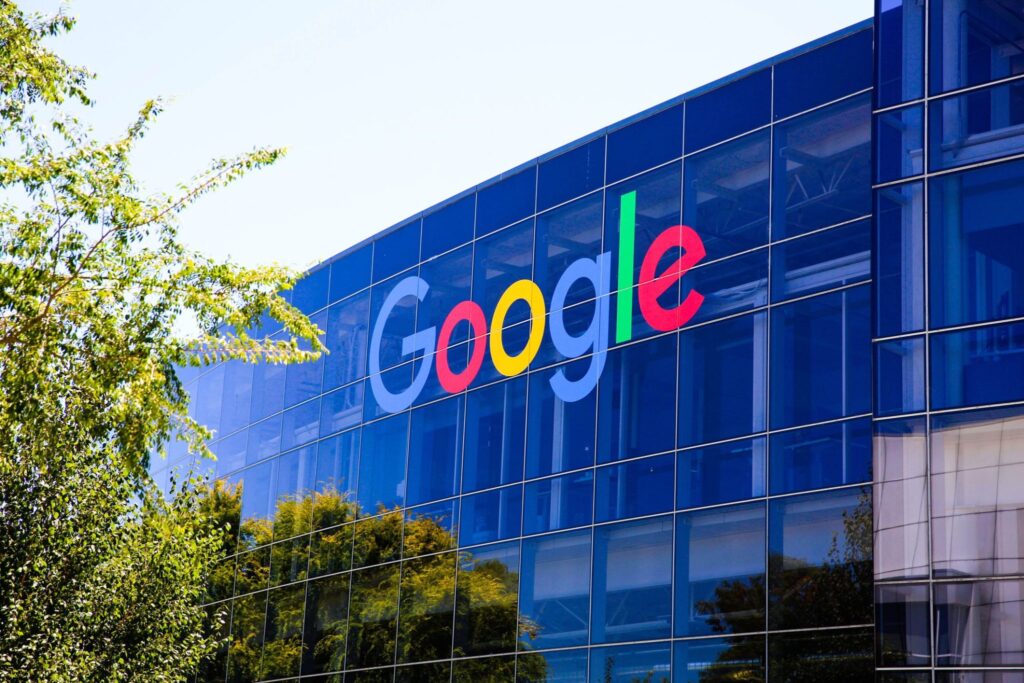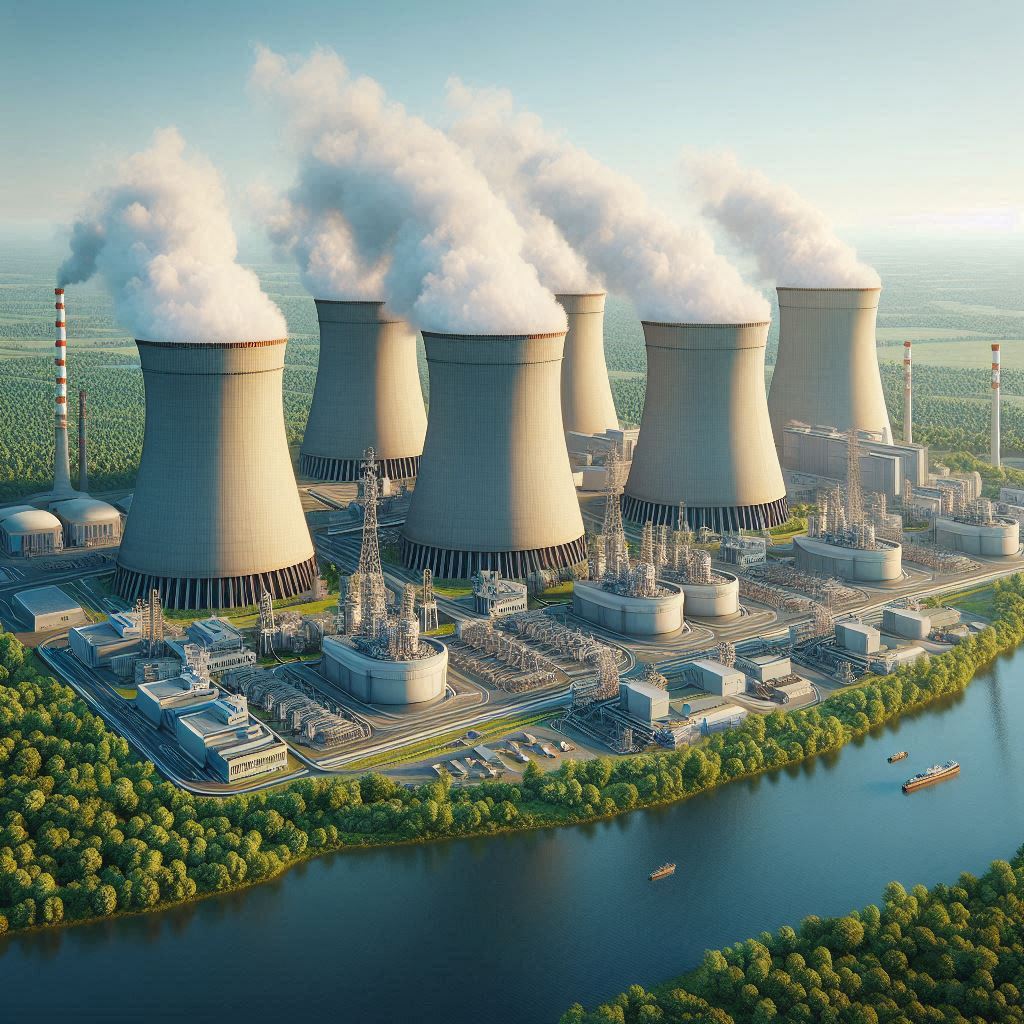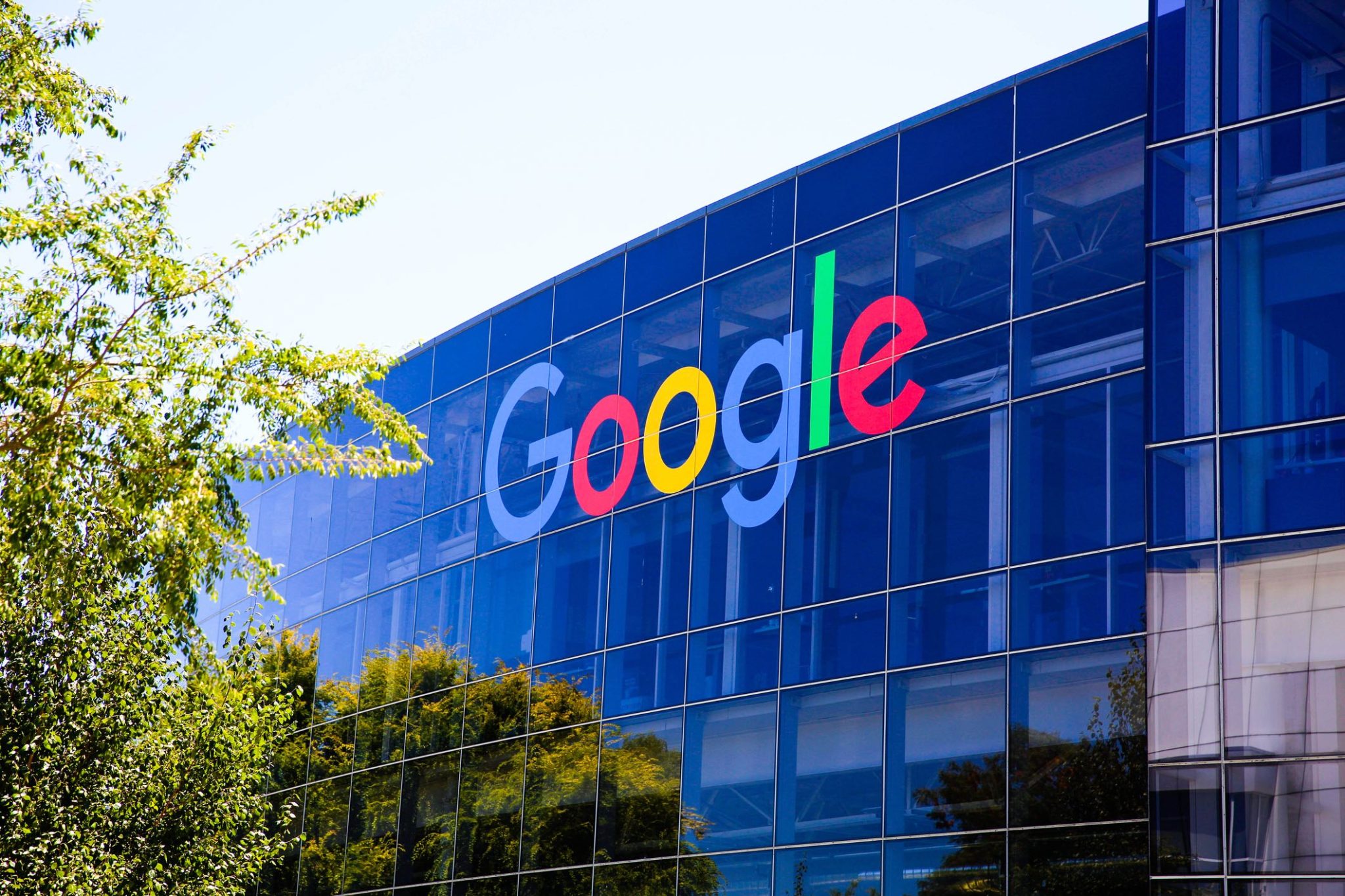Fueling AI’s Energy-Intensive Future
As artificial intelligence (AI) reshapes our world at an unprecedented rate, tech companies like Google are turning to nuclear power to meet AI’s ever-growing energy demands. But why nuclear? Let’s dive into the reasons, implications, and monumental power requirements driving this decision.

The AI Revolution and Its Power Hunger
AI systems, such as ChatGPT, require substantial computing power to process, analyze, and generate responses. Each query processed by AI consumes 30 times more energy than a traditional Google search, which, when scaled globally, represents an extraordinary increase in energy demand. A recent study estimated that AI-related power consumption alone could soon account for 0.5% of worldwide electricity usage—similar to Argentina’s entire electricity consumption.
Tech companies recognize that traditional power grids won’t suffice as AI becomes a ubiquitous part of everyday life. This growing dependency on AI has prompted tech giants to explore alternative, sustainable, and highly scalable energy sources—leading them straight to nuclear power.
Nuclear Power: The New Backbone of Tech Giants

In a strategic move toward self-sustaining power, Google has committed to building seven small nuclear reactors to support its AI data centers. The first reactor is scheduled to go online within this decade, with the remainder operational by 2035. Google isn’t alone in this pivot to nuclear; Microsoft recently announced its deal to reactivate the Three Mile Island nuclear power plant, marking a shift in the tech sector’s approach to energy security.
Nuclear power offers a dual benefit: it’s a clean, zero-emissions source of energy and provides the stable, uninterrupted power supply essential for AI’s heavy computational demands. This strategic shift aligns with broader environmental goals. With pressure from the U.S. government and global climate agreements, companies are encouraged to move toward cleaner energy alternatives, including nuclear, wind, and solar.
Why AI Needs So Much Power
AI models are trained on vast datasets to generate human-like responses. OpenAI, for example, used massive swathes of the internet’s information to create ChatGPT. The training process is power-intensive, requiring substantial energy to “teach” AI models how to interpret and replicate human language and reasoning.
When you ask a question on ChatGPT, the response relies on this pre-trained model rather than scraping the internet in real time. However, each model upgrade (like GPT-4 or newer) demands further training on updated and expanded datasets, resulting in ongoing and significant energy consumption at AI data centers worldwide.
The Future of Energy for AI
As AI continues to advance, Google and other tech companies may need even more reactors. Some industry experts predict that companies could eventually provide excess energy to other tech firms or even the public, creating a secondary market for nuclear-generated power. This possibility adds a new dimension to the AI-energy ecosystem, blending energy production with technology services.
While nuclear power isn’t the only clean energy option, it provides the reliability and scalability necessary for AI’s vast energy needs. As this technology revolution expands, so too does the demand for innovative energy solutions, marking nuclear as a critical factor in the sustainable growth of AI.
Final Thoughts: The Energy Challenge of AI
As Google and other tech giants forge ahead with nuclear power, they’re reshaping not just the tech landscape but also the future of energy. With predictions that data and AI are the “new oil,” the question of power generation becomes as crucial as the question of technological innovation. Nuclear energy stands as a promising solution to fuel this digital transformation sustainably, ensuring the power-hungry needs of AI are met without compromising environmental goals.
The AI revolution demands power, and nuclear may be the key to unlocking its full potential.

Leave a Reply